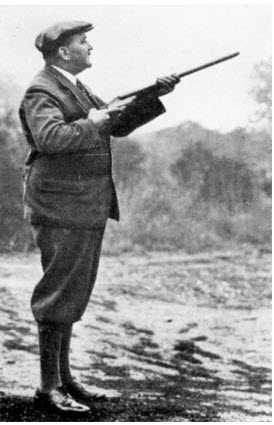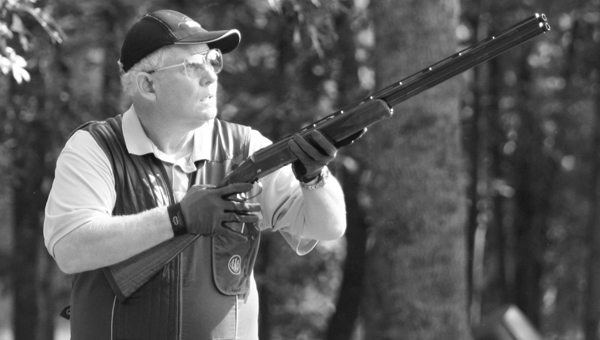I knew that clays were changing the first time I saw someone show up with the Oakley logo on everything.
All depends what you're after. Clays is a sport, one now frequented by many people that do not hunt and have no interest in hunting. The guns are tailored to this sport or are multi-discipline sport/hunt guns having lost many of the qualities of a pure hunting weapon in favor of one SKU to satisfy some customers for all uses.
But yes, its sort of its own cult now just as wingshooting guns and live pigeon guns are their own cult with their own tools of the trade.
For me, I never had nor do have a desire to be a good sporting clays shooter. I've won a few events over the years by accident, but only because my techniques happened to work better for that particular course on that day versus "proper" clay shooting techniques. (sometimes sustained lead or butt-beak-bang is a hindrance) I want to be the best wingshooter I can be, so my guns, stance, mount, and preparations are all ass-backward from a competitive shooter. In fact, I don't want to see the menu and I don't want to know if its a true or report pair before they fly, I want to see if I can identify, time, and shoot correctly under spontaneous conditions as it would be during a hunt.
Suffice to say, my silly ways mean I'm not inclined to break an 80 on a course very often.
 But it is still just repetition. Addressing the target properly to set up movement to the bird is the single most important thing to me in making a shot. One throws that away when shooting with a mounted gun. And in clays, there is no reason not to be able to shoot mid to high forties (50-bird round) with a low gun with just a little work.
But it is still just repetition. Addressing the target properly to set up movement to the bird is the single most important thing to me in making a shot. One throws that away when shooting with a mounted gun. And in clays, there is no reason not to be able to shoot mid to high forties (50-bird round) with a low gun with just a little work.




